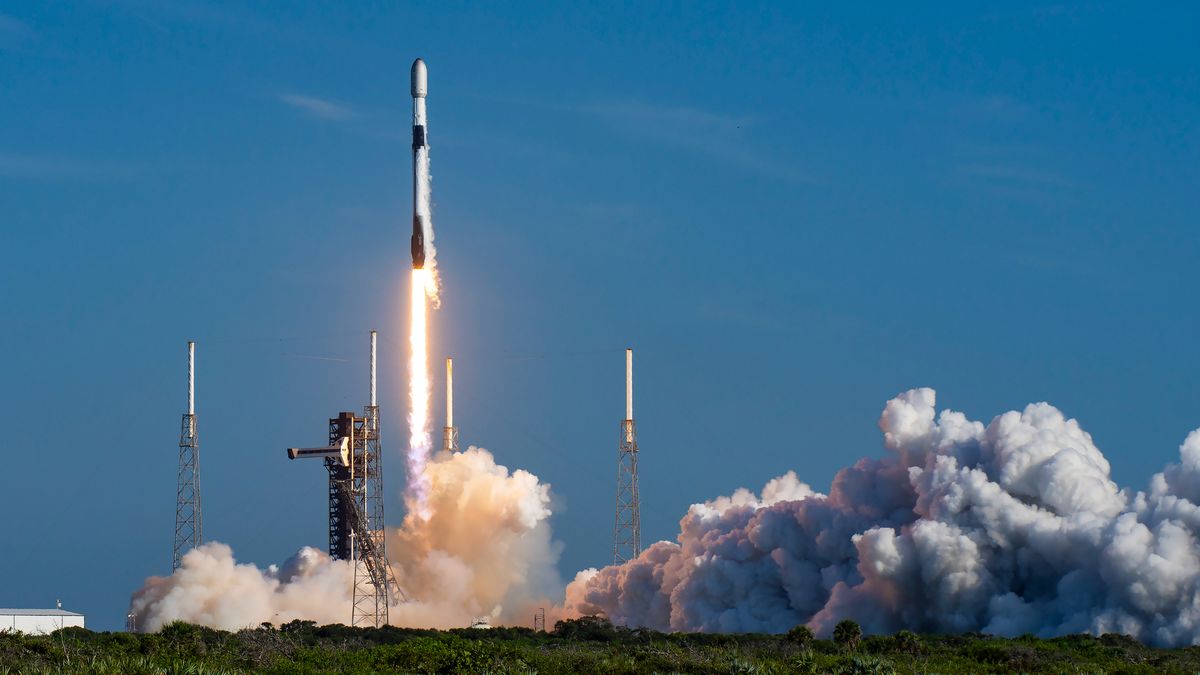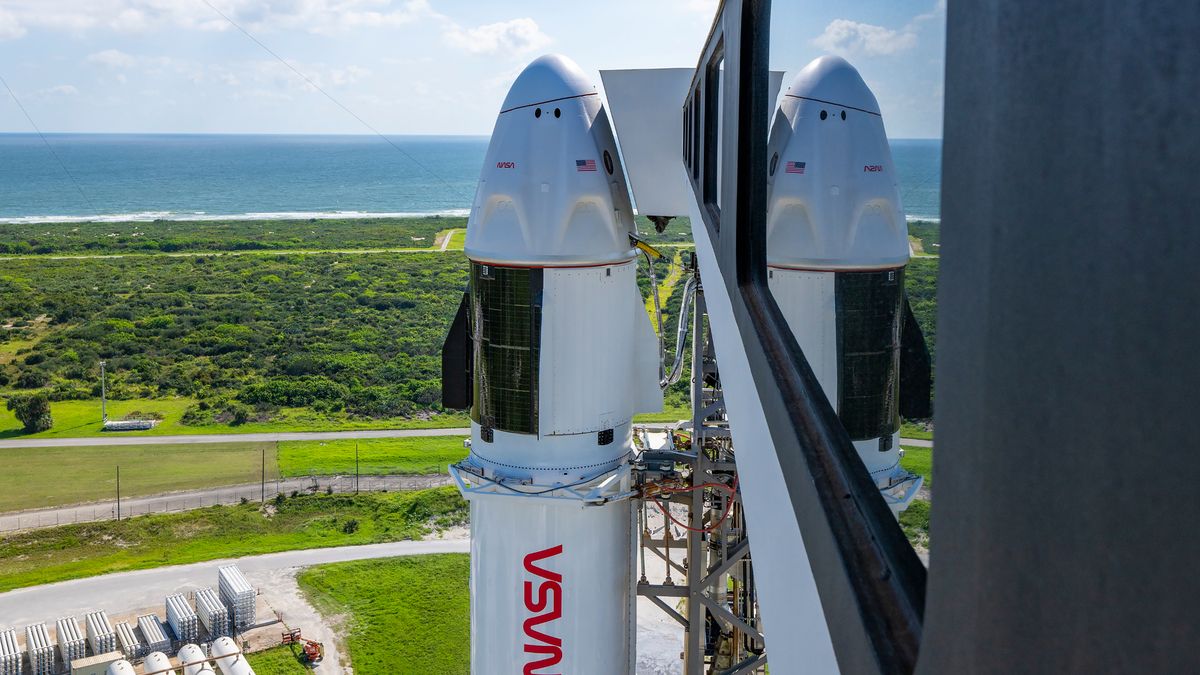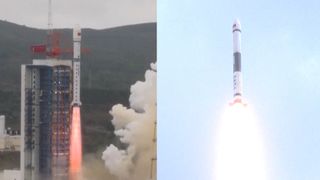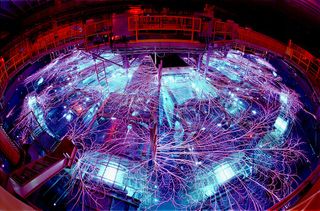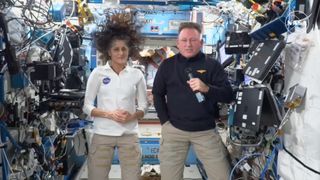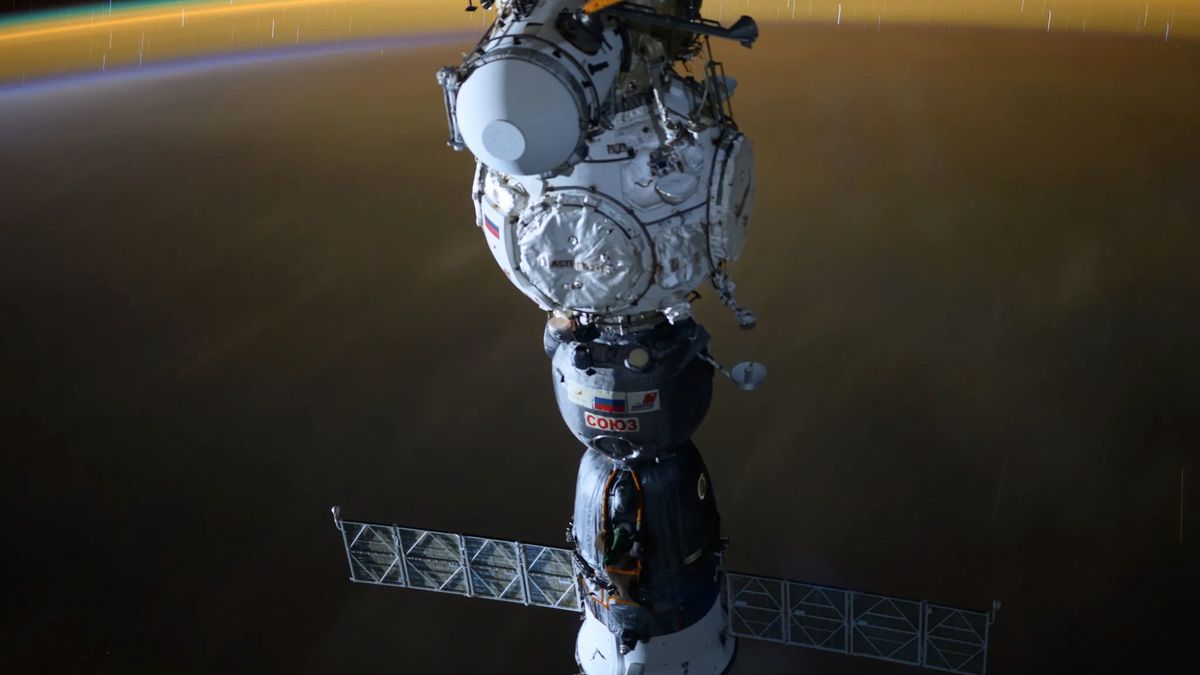The Canon PowerShot Zoom is a bit confusing at first. Most of its features as a camera are equally well matched by your average phone and undoubtedly surpassed with almost any modern digital camera. You realize the camera’s point only once you start using the 400mm zoom. Canon calls the PowerShot a monocular, but we find it’s better understood as a really small digital camera with the addition of a two-position zoom lens. This feature makes it a unique take on the monocular market. The lens is 100/400mm (equivalent) with…
Read MoreCategory: Solar System
Our solar system
SpaceX launching 20 Starlink internet satellites to orbit early Sept. 25
SpaceX plans to launch 20 more of its Starlink broadband satellites, including 13 with direct-to-cell capability, from California early Wednesday morning (Sept. 25). A Falcon 9 rocket carrying 20 Starlink spacecraft is scheduled to lift off from Vandenberg Space Force Base, on California’s central coast, Wednesday at 3:01 a.m. EDT (0701 GMT; 9:01 p.m. on Sept. 24 California time). You can watch the action live via SpaceX’s X account; coverage will begin about five minutes before launch. If all goes according to plan, the Falcon 9’s first stage will come…
Read More‘We are close:’ SETI astrobiologist Nathalie Cabrol on the search for life
A leading astrobiologist melds her passion with the weighty nature of trying to grasp for answers to two key questions: Are we alone in the universe? How did life on Earth begin in the first place? Nathalie Cabrol’s book, “The Secret Life of the Universe: An Astrobiologist’s Search for the Origins and Frontiers of Life” (Scribner/Simon & Schuster), released last month, offers an insightful and reflective view of the search for life — a mind-stretching quest not only looking “out there” but also right here on Earth. Perhaps part of…
Read MoreTropical Storm Helene delays SpaceX’s Crew-9 astronaut launch to Sept. 28
SpaceX’s next astronaut mission has been delayed by a powerful storm. The company had been planning to launch the Crew-9 mission to the International Space Station (ISS) for NASA from Florida’s Cape Canaveral Space Force Station on Thursday afternoon (Sept. 26). However, that target date has slipped by at least two days, thanks to a maelstrom named Helene. Helene is a tropical storm at the moment, but it’s expected to slam into Florida’s Gulf Coast on Thursday as a Category 3 hurricane. Thus, NASA and SpaceX now aim to launch…
Read MoreSpaceX fishes Starship Super Heavy booster out of the sea (photo)
SpaceX has pulled some pieces of its Starship megarocket from the sea. On Sunday evening (Sept. 22), SpaceX founder and CEO Elon Musk posted on X a photo of dripping and damaged rocket hardware being lifted out of the ocean. The mangled metal is part of the first-stage booster that flew on the most recent Starship test flight, Musk said. “Like the ruins of a futuristic, long-dead civilization,” he wrote in another post a few hours later. SpaceX is developing Starship to get people and payloads to the moon, Mars…
Read MoreChina launches 10 satellites on 2 rockets less than 6 hours apart (video)
China launched separate sets of Earth-observation and “Internet of Things” satellites into orbit on Friday (Sept. 20) on two different missions. The action began at 12:11 a.m EDT (0411 GMT, or 12:11 p.m. Beijing time) on Friday, when a Long March 2D rocket lifted off from Taiyuan Satellite Launch Center in northern China. Insulation tiles fell away from the rocket’s payload fairing as it climbed into cloudy skies above the spaceport. Aboard were six remote-sensing satellites for Changguang Satellite Technology (CGST), a commercial spinoff from the Chinese Academy of Sciences.…
Read MoreX-rays from a nuclear explosion could redirect an asteroid
When asteroids hurtle towards Earth in Hollywood films, astronauts often deploy nuclear warheads against them in order to save humanity. Now, scientists have found this strategy could actually help deflect an incoming cosmic impact — not by blowing an asteroid up with a nuke, but by exploding one more than a mile above its surface to shower it with X-ray radiation. As the catastrophic end of the Age of Dinosaurs about 66 million years ago reveals, cosmic impacts can have disastrous effects for life on Earth. “Asteroids aren’t just history…
Read MoreSpaceX’s Crew-9 astronaut flight for NASA launches this week. Here’s how it turned into a rescue mission
This week, NASA is sending up a rescue mission to the International Space Station. On Thursday (Sept. 26), NASA astronaut Nick Hague and cosmonaut Aleksandr Gorbunov of Russia’s space agency Roscosmos will launch to the International space Station (ISS) on SpaceX’s Crew-9 mission. Two other NASA astronauts, Zena Cardman and Stephanie Wilson, both mission specialists, were supposed to be aboard as well. But Wilson and Cardman were cut from the flight in order to make room for two other NASA astronauts, Butch Wilmore and Suni Williams, who are currently stuck…
Read MoreHow Canada is preserving what remains of its iconic supersonic Avro Arrow jet
Six decades after the supersonic Avro Arrow suddenly stopped flying, Canada is working hard to preserve what few pieces of it are left. The Avro Canada CF-105 Arrow (known as the Arrow among its fans) was one of the most advanced supersonic jets of its era in the 1950s. It even has a link with NASA across the border, according to the Canadian Encyclopedia. But the Arrow program’s funding was nixed in 1959 in a still-controversial decision by the Canadian government of the day, led by Prime Minister John Diefenbaker.…
Read MoreWatch NASA astronaut, 2 record-breaking cosmonauts head home to Earth on Sept. 23
A NASA astronaut and two record-setting Russian cosmonauts are set to head back to Earth on Monday (Sept. 23), and you can watch their homecoming live. Russia’s Soyuz MS-25 spacecraft, with Tracy C. Dyson, Oleg Kononenko and Nikolai Chub aboard, is scheduled to undock from the International Space Station (ISS) on Monday at 4:37 a.m. EDT (0837 GMT) and land on the steppe of Kazakhstan about 3.5 hours later. You can watch all the action live here at Space.com, courtesy of NASA, or directly via the space agency. NASA’s coverage…
Read More